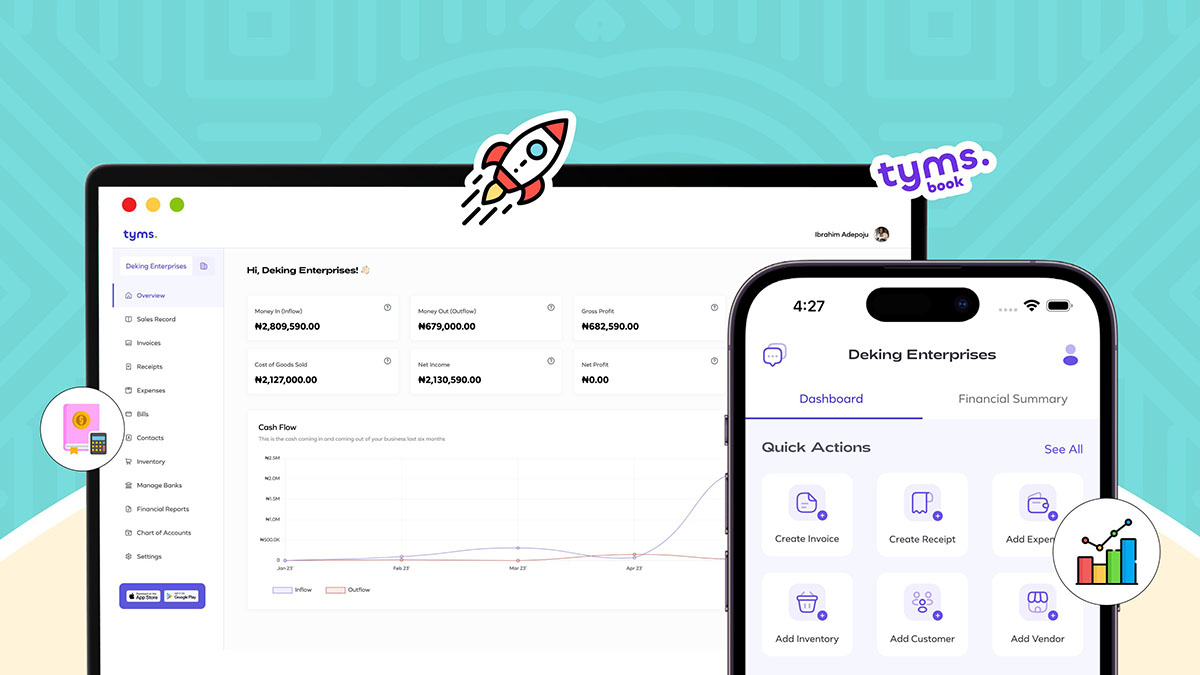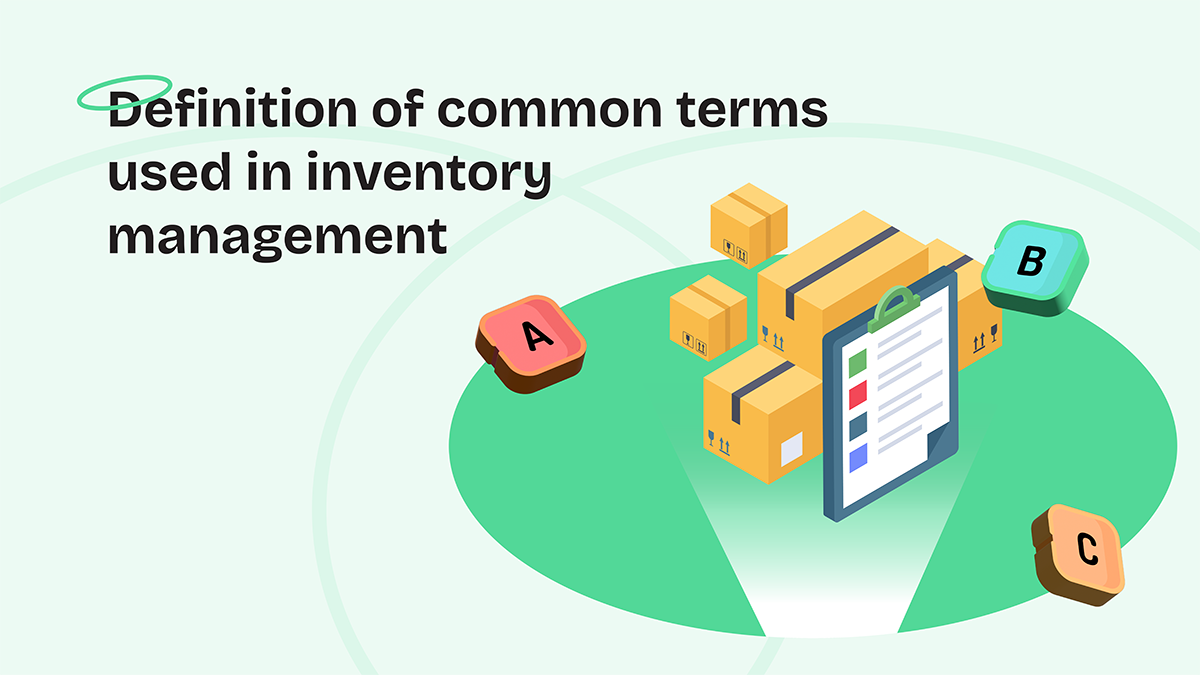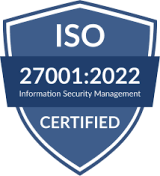Share on:
Inventory management is the process of efficiently overseeing a company’s inventory of products to ensure maximization of profit and that an organization has the right quantity of items available to meet customer demand while minimizing excess stock.
It involves monitoring the stock of items at hand at every point in time, value of the unsold stock, profit to be made, and tracking to ensure they’re in good shape.
The Tyms application takes this into account, enabling efficient inventory management from the point of sale; reducing stock as sales occur, to updating inventory stock - restocking and value of items as time goes on; shelf life tracking.
To achieve top-notch inventory control, the following terms are displayed around the inventory management section of the Tyms application:
1. Price/Opening stock price: This is the amount used to purchase one unit of a particular product. This is also the default price displayed when restocking inventory.
2. Default sales price: The amount the business or user plans to sell an item. This will be displayed for sales purposes, and is editable at the point of making sales.
3. Item type: This is the type of item being sold or purchased by the business or individual. It can be either a tangible item - product. Example: Machines, cars, houses OR intangible item - service. Example: Consulting services, barbing
4. Opening stock balance: The number of items or quantity of stock you’re starting with.
5. Unit: This measures the product or service you offer. Example: For 6 litres of diesel - litres would be the unit, for a rent paid for 5 years, years would be the unit.
6. Shelf life: This is the period of time for which the inventory item will be fit. After this period, the item will be classified as unfit and at a minimal or zero value.
7. Stock on hand: The total amount of any given item that you currently have in your inventory at a particular period.
8. Inventory restock: This is essential when the available stock is running low, as sales become impossible when it reaches zero. This process entails restocking or increasing inventory to ensure that there are enough items on hand to meet customer demands.
9. Adjustment: This is the modification of the value of the opening stock quantity for a specific reason. Inventory adjustments are increases or decreases made in inventory to account for theft, loss, breakages, and errors in the amount or number of items received.
10. Inventory item: Inventory items are products or services you sell or offer, and therefore need to keep track of the stock in hand at every point in time. This can be selected by checking the box when adding an item on the sales or expenses.
11. Non-inventory item: Non-inventory items are products that a business purchases or sells but doesn't formally track in its inventory system. These items are typically not part of the regular inventory management process and are often used for specific purposes like temporary projects, or services.
12. Inventory valuation: This is the summation of the value of unsold inventory stock at a particular point in time. These are of two primary methods:
- FIFO (First-In-First-Out): This method calculates inventory valuation based on the assumption that the items or assets acquired first will be the first to be sold or used.
- LIFO (Last-In-First-Out): This approach values inventory by assuming that the last units of goods or assets acquired will be the first to be sold or utilized.
These methods offer different perspectives on inventory valuation, which can have various financial and tax implications for businesses. Companies may choose the method that best suits their specific needs, accounting practices, and market conditions.
For more information on how to navigate around inventory management, click here.
To get started on Tyms, visit https://app.tyms.io/auth/register


Blessing Obiora
5 mins read


Tyms
4 mins read



